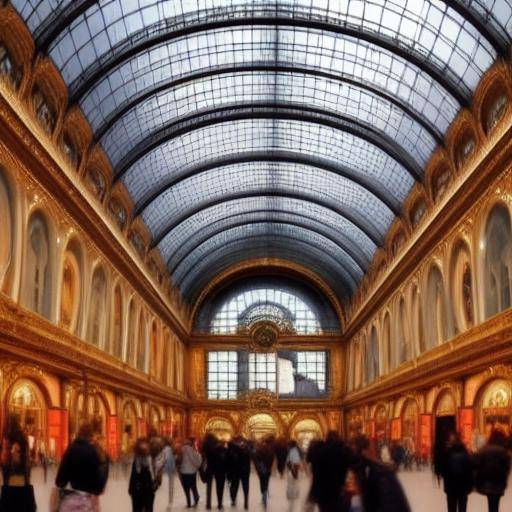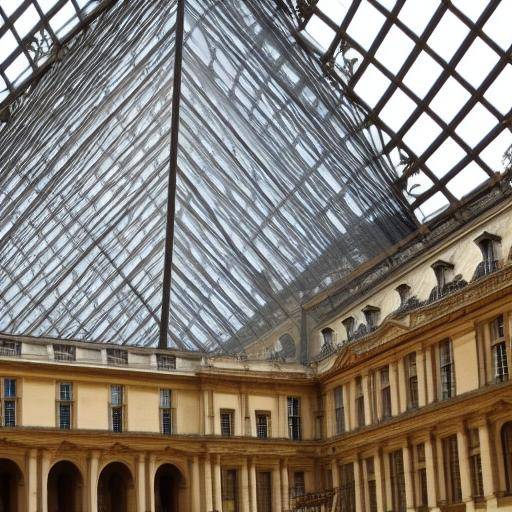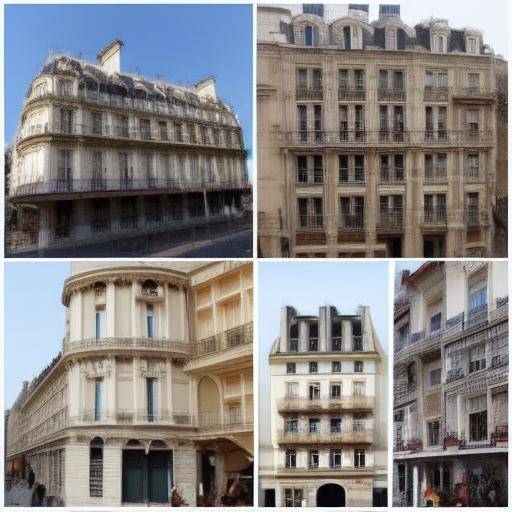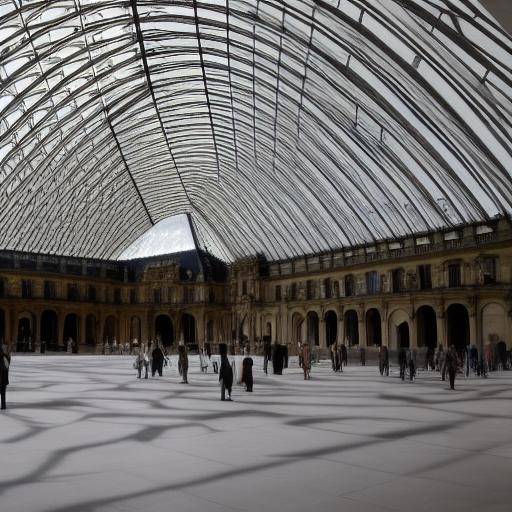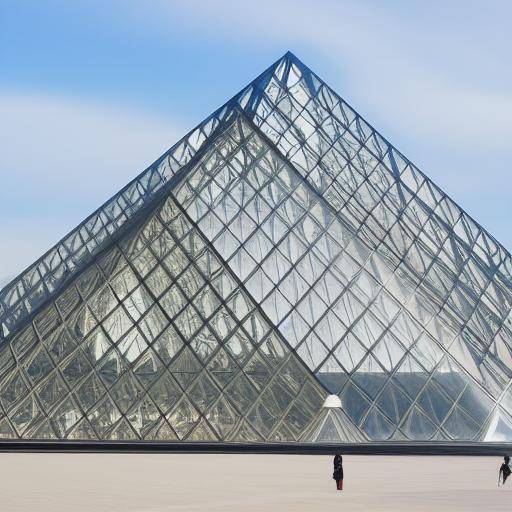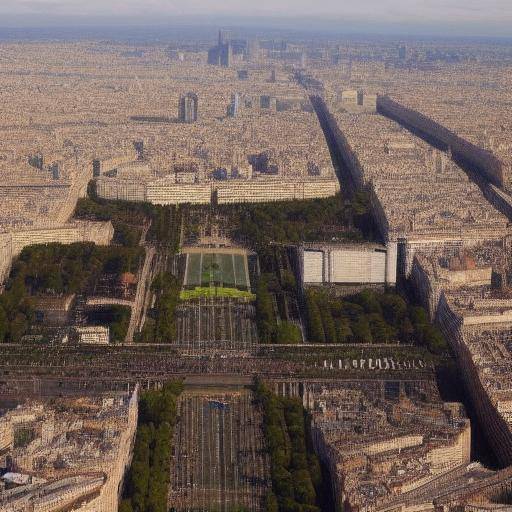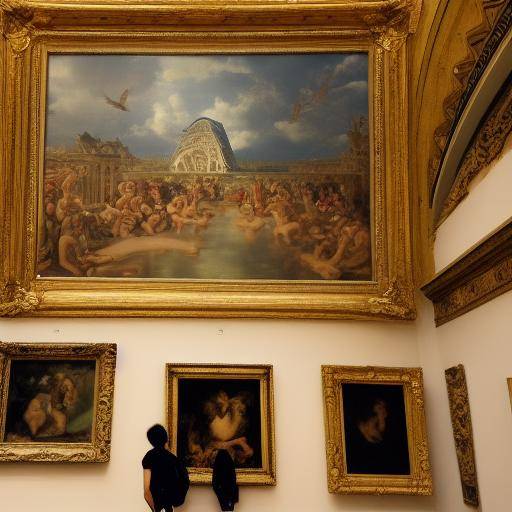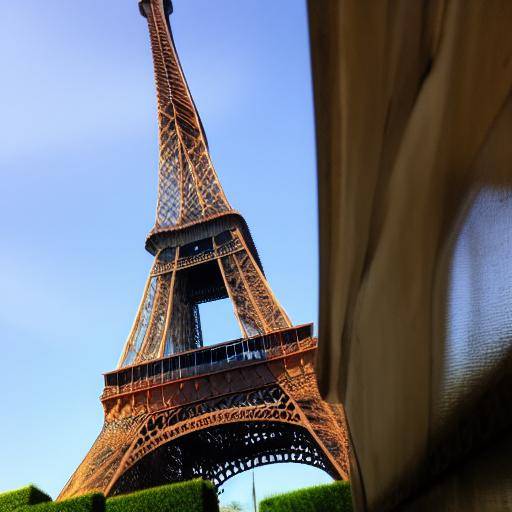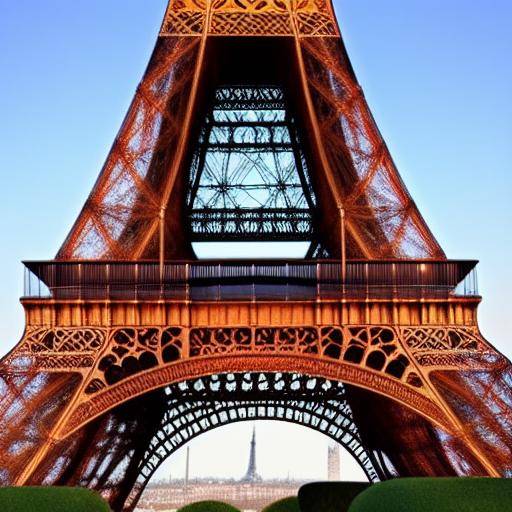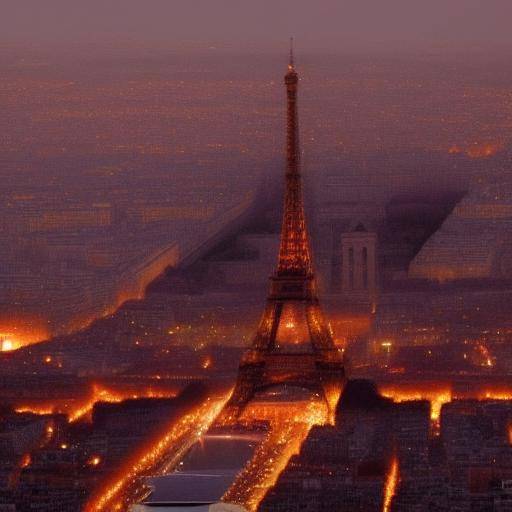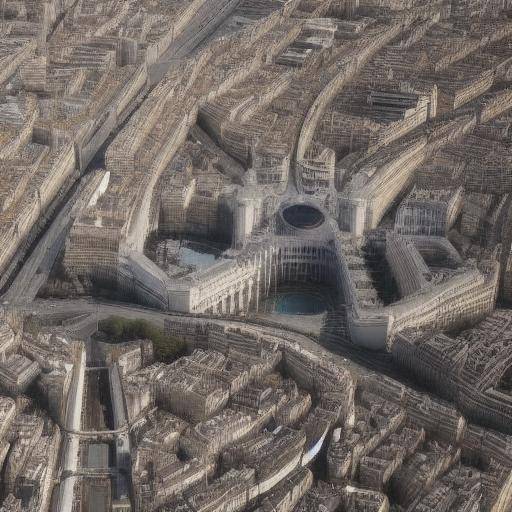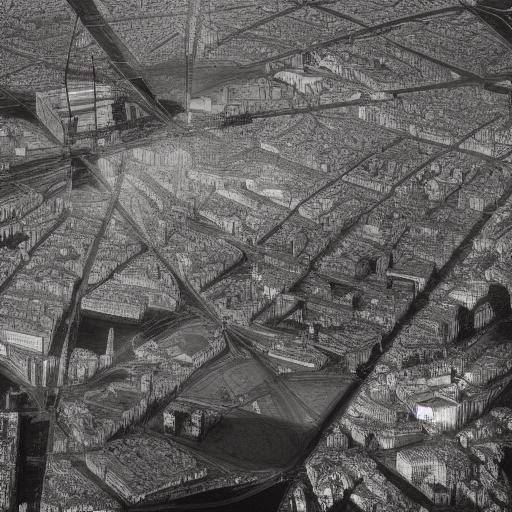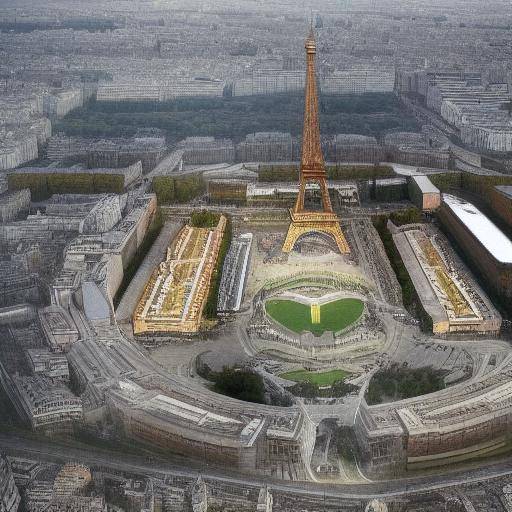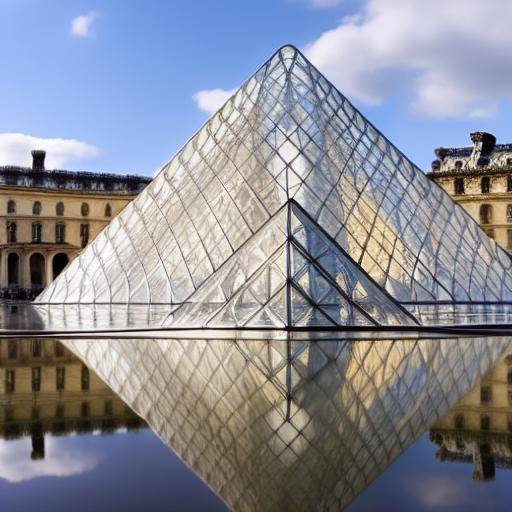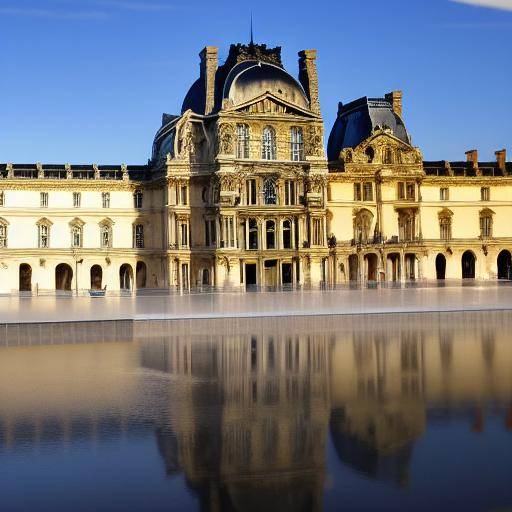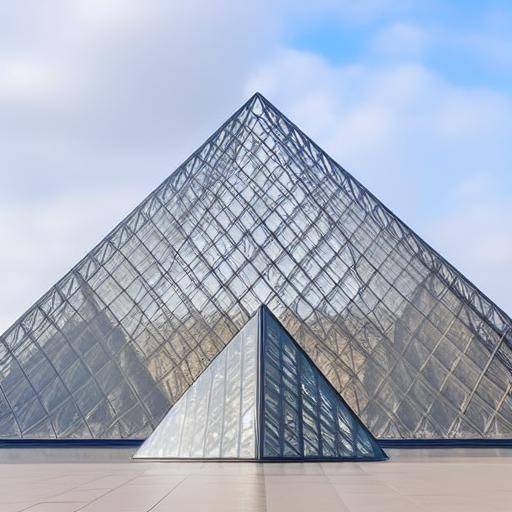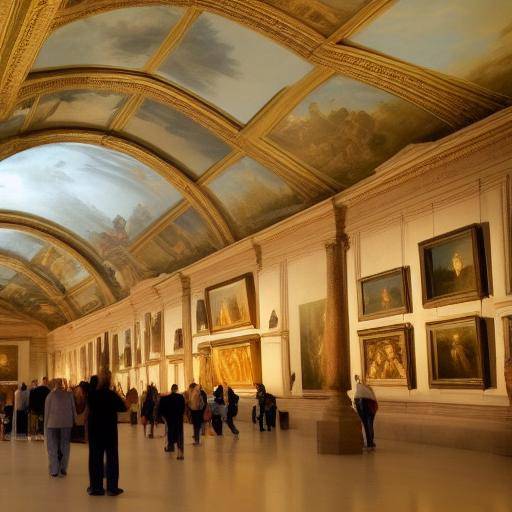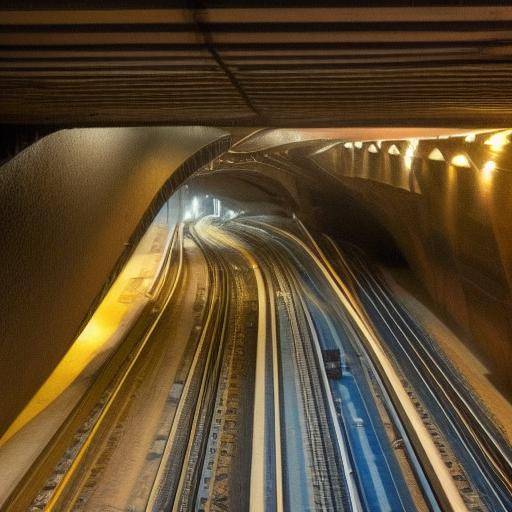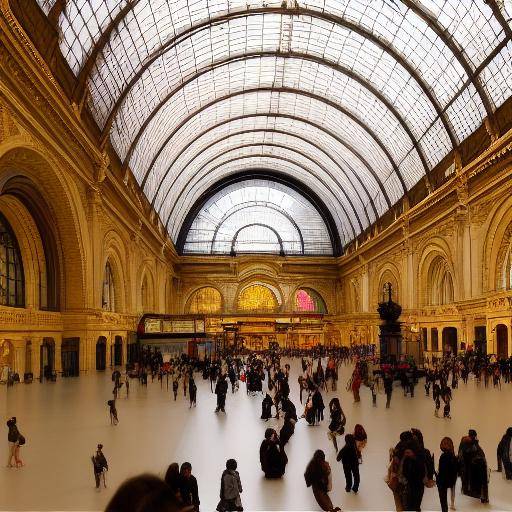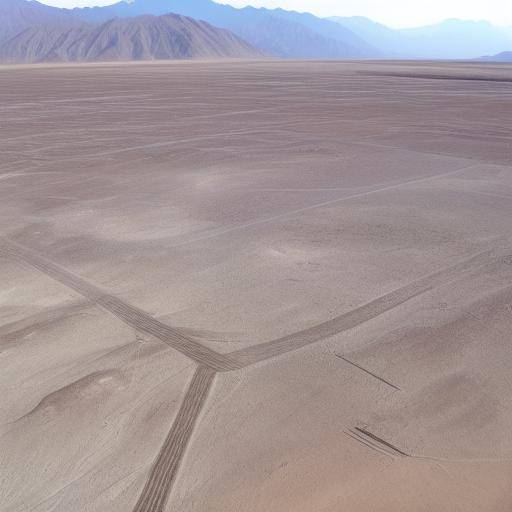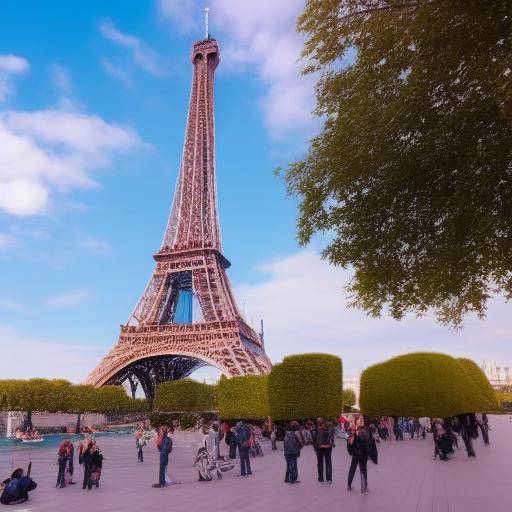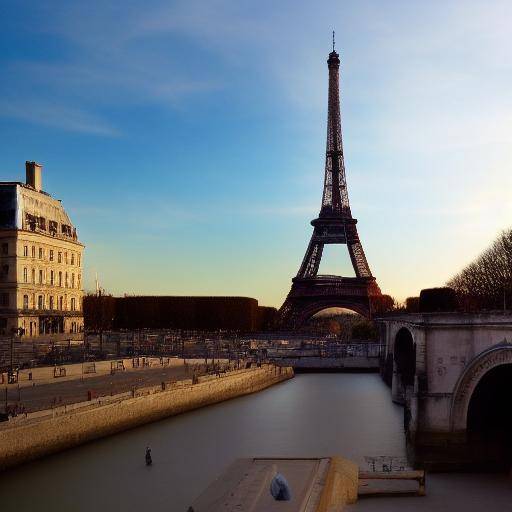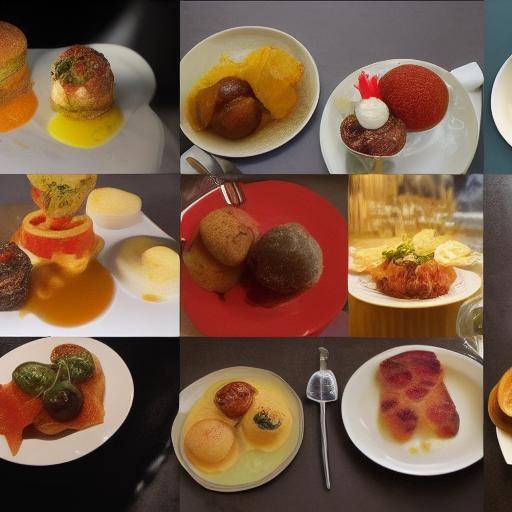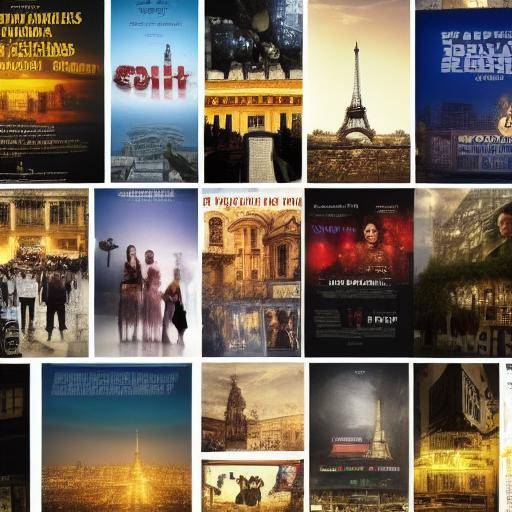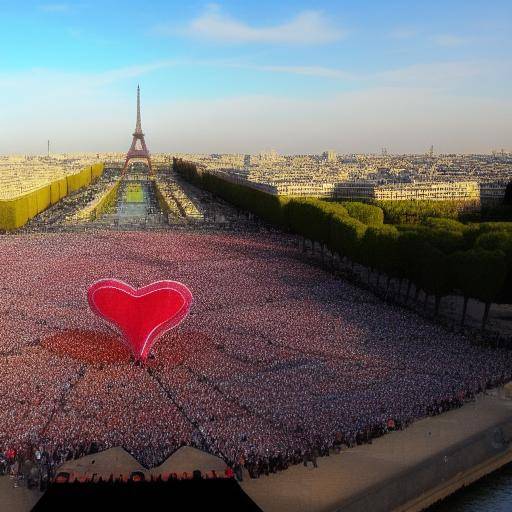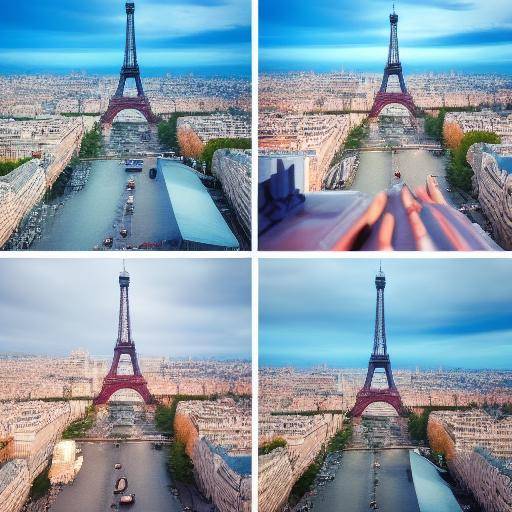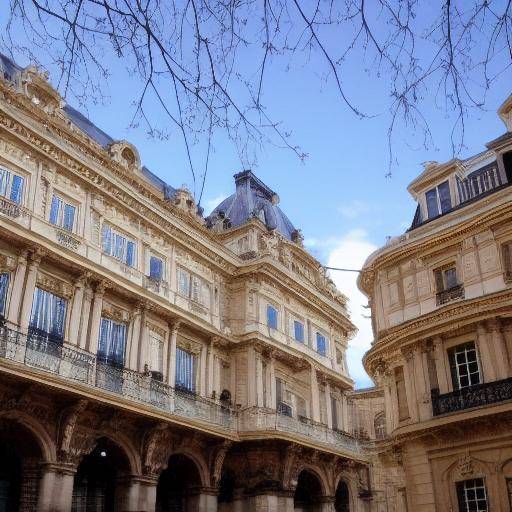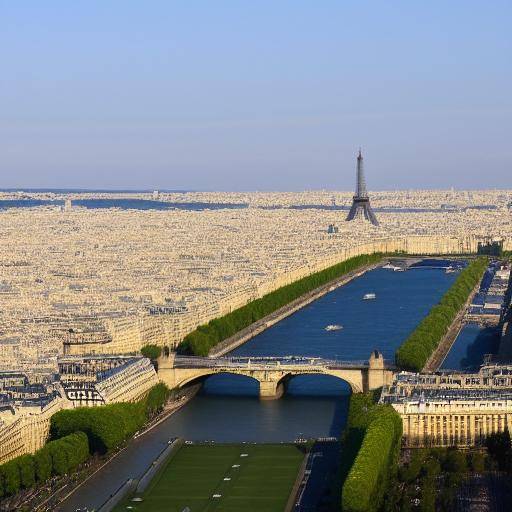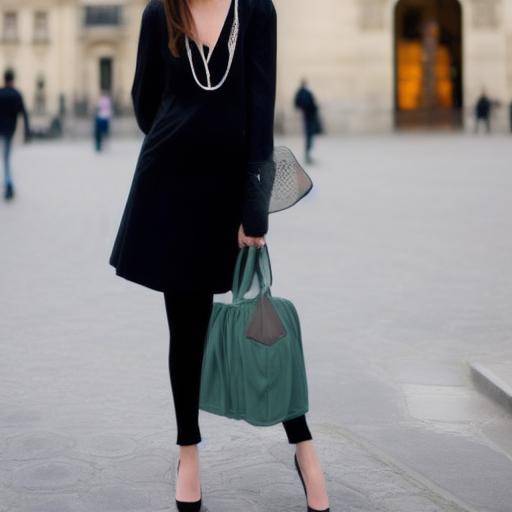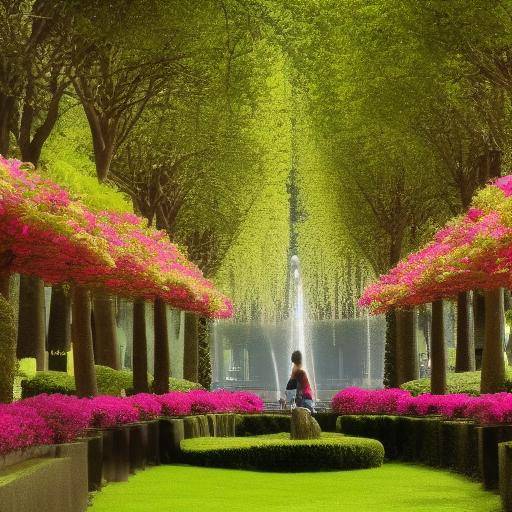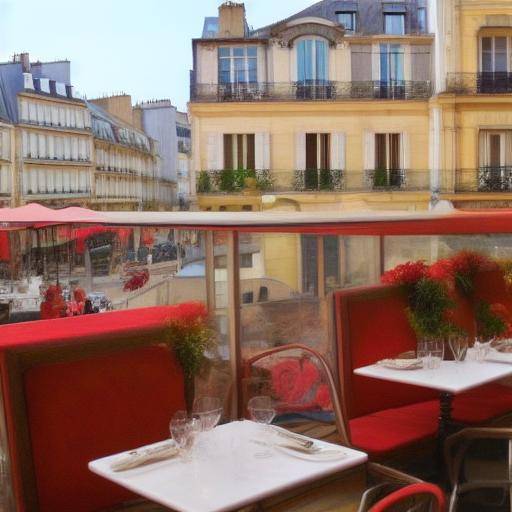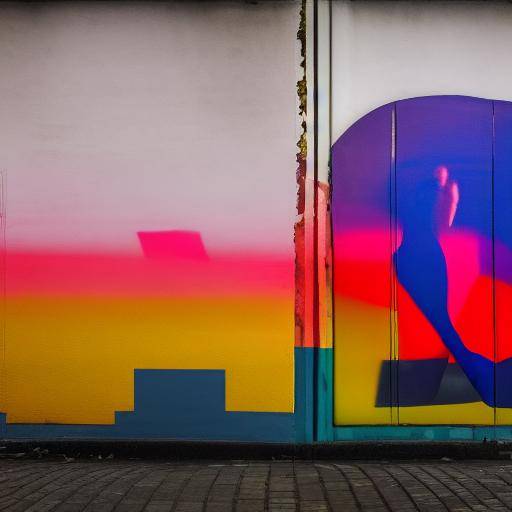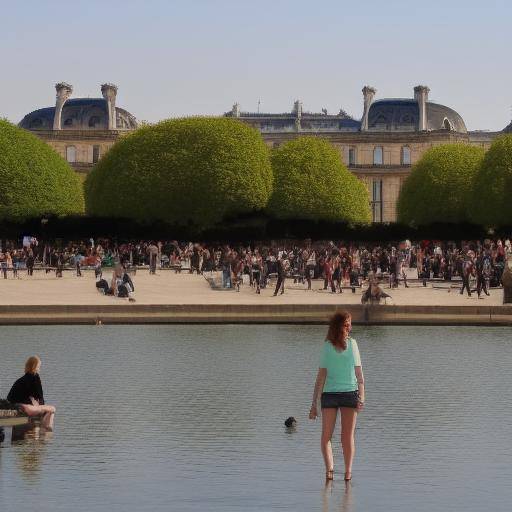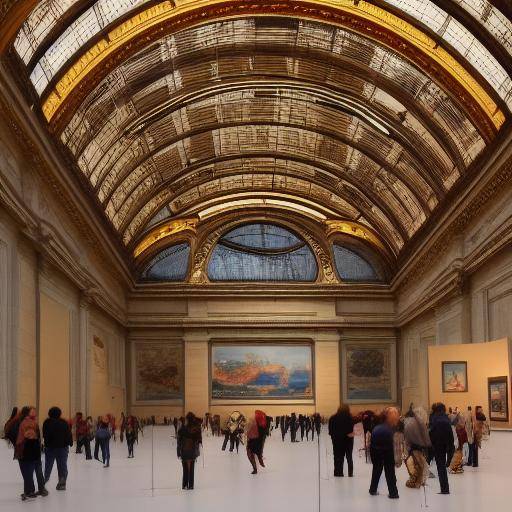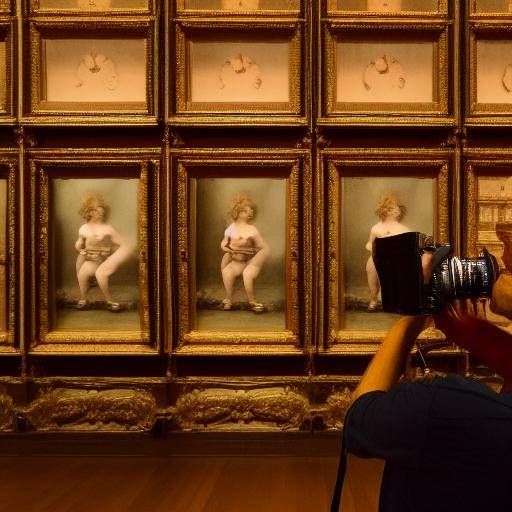
The Musée de Orsay in Paris is a crucible of French art and culture, home to some of the world's most iconic masterpieces. Photographing this artistic treasure not only requires technical skills, but also a deep understanding of the history and beauty that is housed on its walls. In this article, we will explore advanced techniques to capture the very essence of French art through photography, immersed in its origins, full of history, art, and Parisian culture. From the evolution of art and its influence on photography to practical advice to achieve stunning images, let us prepare for a journey to the very essence of immortalized beauty at the Orsay Museum.
Introduction: A World of Art and Photography
Welcome to the Orsay Museum, a temple of beauty and creativity in the romantic Paris. Here, Impressionists, Realists and Post-Impressionists converge to tell the story of a constantly evolving country. As we explore the techniques to photograph this artistic legacy, we will also discover how photography intertwines with the history of art and the city that gives it life.
History and Background: Art in Movement
The Musée de Orsay, located in the old train station of Paris, is itself a monument to the transformation. From its conception as a railway station to rebirth as a sanctuary of art, its history reflects its own times. With the emergence of impressionism in the second half of the nineteenth century, the art world plunged into a revolution that also left its mark on photography. The capture of light, spontaneity and emotion became focal points for both painters and photographers. This synergy between art and photography gives us an invaluable context by immortalizing the works of the Orsay Museum.
Analysis in Deep: Contemporary Approaches
As we enter art photography in the context of the Orsay Museum, we face unique challenges and opportunities. Lighting, composition and creative interpretation are key elements that we must master to capture the essence of masterpieces. Through current examples and statistics, we will explore how modern technology has transformed the way we capture the timeless beauty of French art through the lens of a camera.
Comprehensive Review: Beyond Photography
Photography is only the medium through which we connect with art, but how does this influence the current practices of appreciation and understanding of art? With the perspective of experts and case studies, we will analyze how photography not only documents art, but also influences its perception and appreciation in the contemporary world.
Comparative Analysis: Museum of Orsay, Paris and Art Photography
The context surrounding the Orsay Museum is as vital as the works it houses. The atmosphere and history of Paris are intermingled with art and photography in a unique way. Understanding these interactions allows us to capture not only the shapes and colors, but also the very essence of the time and place where these works were created.
Practical Tips and Accessible Tips: Mastering Photography at the Orsay Museum
From the handling of light to the choice of angles, here you will find practical advice to take your photograph to the next level. We will discuss essential aspects such as the recommended team, the best hours of the day to visit the museum and tips to avoid the saturation of tourists in your photographs.
Conclusions and FAQs
In short, the Museum of Orsay is much more than a deposit of art; it is a living witness of the evolution of art and photography. We hope that this article has inspired your next trip to Paris and provided you with the necessary tools to capture the essence of French art through photography.
Frequently asked questions
1. What are the best hours of the day to photograph the Orsay Museum?
The first hours of the morning are usually ideal, as the light is soft and the crowds are minimal. The sunset also provides beautiful lighting.
2. Are photographs allowed inside the Orsay Museum?
Yeah, mostly. However, the use of flash and tripods may be restricted in certain areas. It is important to verify the current policies of the museum before visiting it.
3. What photo equipment is recommended to photograph the art at the Orsay Museum?
A DSLR camera or a camera with manual capacity is recommended to adjust exposure and opening. A versatile zoom lens is also useful for capturing details and panoramas.
4. How can I avoid crowds in my photographs at the Orsay Museum?
Visiting the museum early in the morning or near closing is a good strategy to avoid crowds. In addition, looking for unique and less transient angles can help capture undisturbed images.
5. What precautions should I take when photographing in spaces with fragile works of art?
It is crucial to respect the rules of the museum regarding the distance of the works, the use of flash and tripods, and to avoid touching the works. The preservation of art is the responsibility of all visitors.
6. What is the best way to capture the majesty of the Orsay Museum in my photographs?
It seeks to capture both the architectural grandeur of the museum and the beauty of the works of art. It uses frames that show the relationship between the structure of the building and the works it houses, thus creating a complete visual narrative.
With these answers, we hope to have solved your doubts and added value to your understanding and abilities to photograph the Orsay Museum and French art in general.


